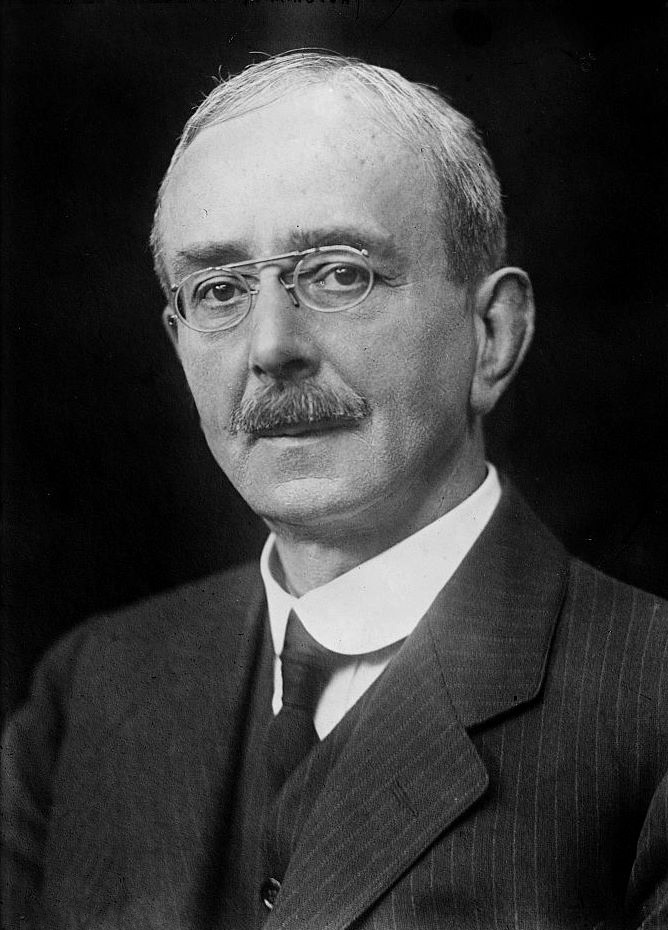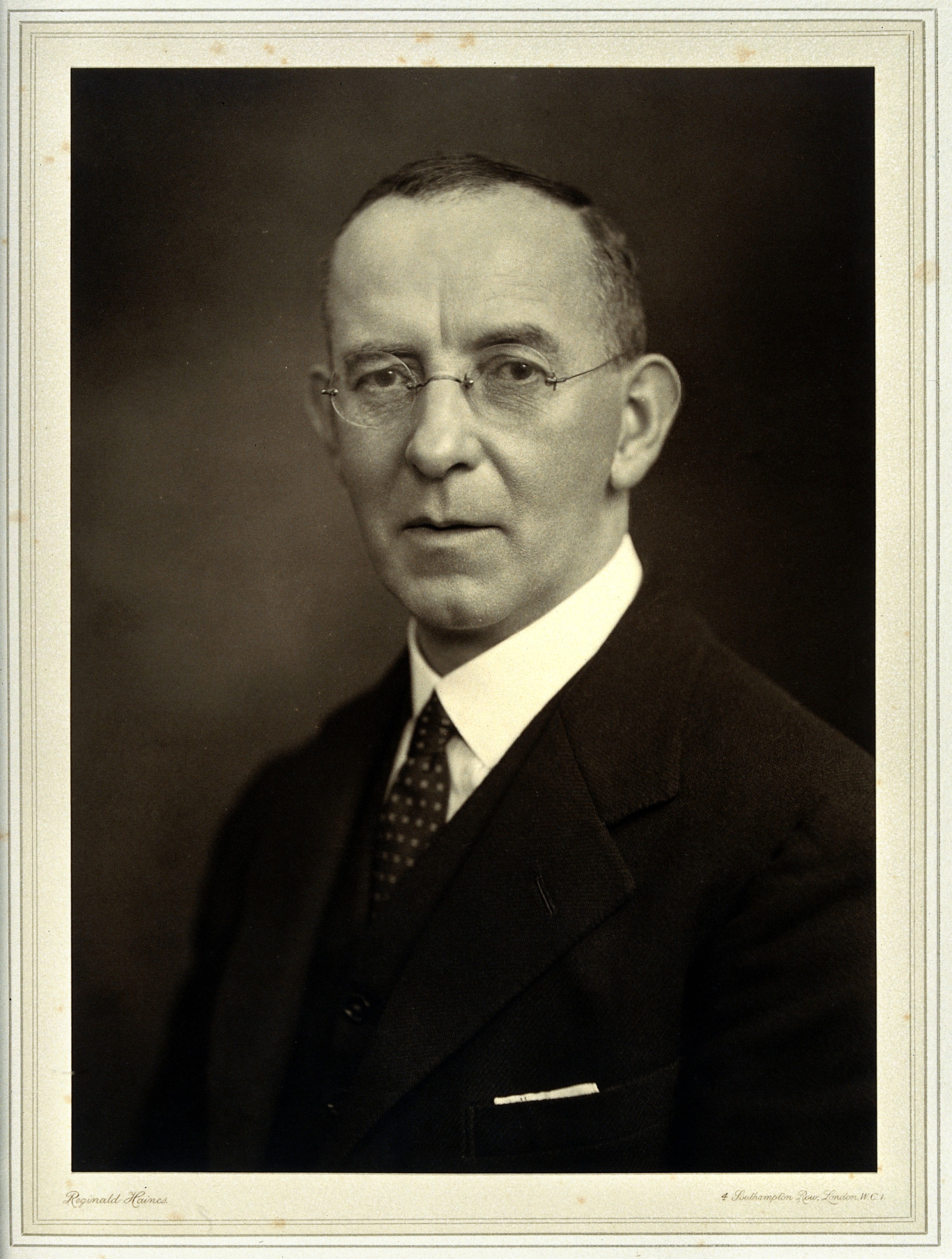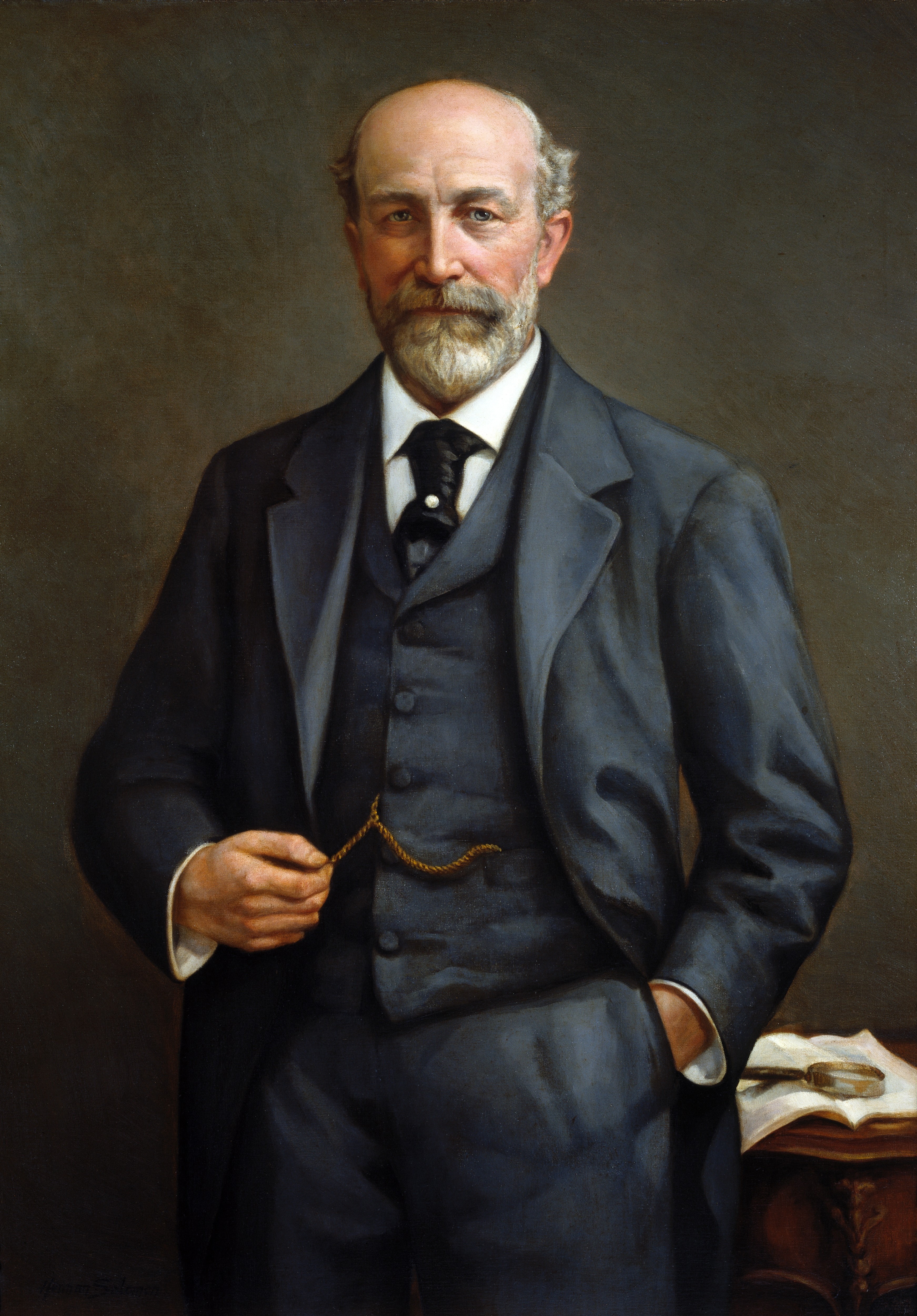|
Manson Medal
The Manson Medal (full name Sir Patrick Manson Medal, originally the Manson Memorial Medal), named in honour of Sir Patrick Manson, is the highest accolade the Royal Society of Tropical Medicine and Hygiene awards. Started in 1923, it is awarded triennially to an individual whose contribution to tropical medicine or hygiene is deemed worthy by the council. Patrick Manson was a pioneer in medical science called tropical medicine. His discoveries of parasitic infections such as lymphatic filariasis, schistosomiasis (the parasite '' Schistosoma mansoni''), sparganosis, and contribution to malaria research earned him the title "father of tropical medicine." Soon after his death in 1922, the Royal Society of Tropical Medicine and Hygiene decided to create a new medal in his honour. The first Manson Medal was awarded to Sir David Bruce in 1923. The 2022 Manson Medal was awarded to Sir Alimuddin Zumla, the first time in a hundred years that it was awarded to an ethnic minority scientis ... [...More Info...] [...Related Items...] OR: [Wikipedia] [Google] [Baidu] |
Patrick Manson
Sir Patrick Manson (3 October 1844 – 9 April 1922) was a Scottish physician who made important discoveries in parasitology, and was a founder of the field of tropical medicine. He graduated from University of Aberdeen with degrees in Master of Surgery, Doctor of Medicine and Doctor of Law. His medical career spanned Taiwan, China, Hong Kong, and London. He discovered that filariasis in humans is transmitted by mosquitoes. This is the foundation of modern tropical medicine, and he is recognized with an epithet "Father of Tropical Medicine". His discovery directly invoked the mosquito-malaria theory, which became the foundation in malariology. He eventually became the first President of the Royal Society of Tropical Medicine and Hygiene. He founded the Hong Kong College of Medicine for Chinese (subsequently absorbed into the University of Hong Kong) and the London School of Hygiene & Tropical Medicine. Manson was inflicted with gout during his service in China. His recurring ... [...More Info...] [...Related Items...] OR: [Wikipedia] [Google] [Baidu] |
Louis Westenra Sambon
Louis Westenra Sambon (original first name Luigi, 7 November 1867 – 30 August 1931) was an Italian-English physician who played important roles in understanding the causes ( etiology) of diseases. He described many pathogenic protozoans, insects, and helminths including the name '' Schistosoma mansoni'' for a blood fluke. He was an authority on the classification of parasitic tongue worms called Pentastomida (Linguatulida), and one of the genus ''Sambonia'' is named after him. Sambon was born in Milan, Italy, and obtained an M.D. from the University of Naples Federico II. He moved to England to work at the Liverpool School of Tropical Medicine. He originated theories on the nature of diseases such as sleeping sickness, malaria, pellagra, and cancer. Biography Sambon was born in Milan to an Italian father and an English mother. His father was an Italian soldier Commendatore (Commander) Jules Sambon, and her mother, Laura Elizabeth Day, was a distant relative of Charles Dickens. ... [...More Info...] [...Related Items...] OR: [Wikipedia] [Google] [Baidu] |
Animal Trypanosomiasis
Animal trypanosomiasis, also known as nagana and nagana pest, or sleeping sickness, is a disease of vertebrates. The disease is caused by trypanosomes of several species in the genus ''Trypanosoma'' such as ''Trypanosoma brucei''. ''Trypanosoma vivax'' causes nagana mainly in West Africa, although it has spread to South America. The trypanosomes infect the blood of the vertebrate host, causing fever, weakness, and lethargy, which lead to weight loss and anemia; in some animals the disease is fatal unless treated. The trypanosomes are transmitted by tsetse flies. An interesting feature is the remarkable tolerance to nagana pathology shown by some breeds of cattle, notably the N'Dama – a West African '' Bos taurus'' breed. This contrasts with the susceptibility shown by East African '' Bos indicus'' cattle such as the zebu. Transmission Most trypanosomes develop in tsetse flies (''Glossina'' spp.), its biological vector, in about one to a few weeks. When an infected tsetse fly ... [...More Info...] [...Related Items...] OR: [Wikipedia] [Google] [Baidu] |
Trypanosoma Brucei
''Trypanosoma brucei'' is a species of parasitic kinetoplastid belonging to the genus '' Trypanosoma'' that is present in sub-Saharan Africa. Unlike other protozoan parasites that normally infect blood and tissue cells, it is exclusively extracellular and inhabits the blood plasma and body fluids. It causes deadly vector-borne diseases: African trypanosomiasis or sleeping sickness in humans, and animal trypanosomiasis or ''nagana'' in cattle and horses. It is a species complex grouped into three subspecies: ''T. b. brucei'', ''T. b. gambiense'' and ''T. b. rhodesiense''. The first is a parasite of non-human mammals and causes ''nagana'', while the latter two are zoonotic infecting both humans and animals and cause African trpanosomiasis. ''T. brucei'' is transmitted between mammal hosts by an insect vector belonging to different species of tsetse fly (''Glossina''). Transmission occurs by biting during the insect's blood meal. The parasites undergo complex morphological chan ... [...More Info...] [...Related Items...] OR: [Wikipedia] [Google] [Baidu] |
Brucella
''Brucella'' is a genus of Gram-negative bacteria, named after David Bruce (1855–1931). They are small (0.5 to 0.7 by 0.6 to 1.5 µm), non encapsulated, non motile, facultatively intracellular coccobacilli. ''Brucella'' spp. are the cause of brucellosis, which is a zoonosis transmitted by ingesting contaminated food (such as unpasteurized milk products), direct contact with an infected animal, or inhalation of aerosols. Transmission from human to human, for example, through sexual intercourse, or from mother to child, is exceedingly rare, but possible. Minimum infectious exposure is between 10 and 100 organisms. The different species of ''Brucella'' are genetically very similar, although each has a slightly different host specificity. Hence, the National Center for Biotechnology Information taxonomy includes most ''Brucella'' species under ''B. melitensis''. The many names of brucellosis include (human disease/animal disease): * Malta fever/Bang's disease * Undulant fe ... [...More Info...] [...Related Items...] OR: [Wikipedia] [Google] [Baidu] |
Brucellosis
Brucellosis is a highly contagious zoonosis caused by ingestion of unpasteurized milk or undercooked meat from infected animals, or close contact with their secretions. It is also known as undulant fever, Malta fever, and Mediterranean fever. The bacteria causing this disease, '' Brucella'', are small, Gram-negative, nonmotile, nonspore-forming, rod-shaped (coccobacilli) bacteria. They function as facultative intracellular parasites, causing chronic disease, which usually persists for life. Four species infect humans: ''B. abortus'', ''B. canis'', ''B. melitensis'', and ''B. suis''. ''B. abortus'' is less virulent than ''B. melitensis'' and is primarily a disease of cattle. ''B. canis'' affects dogs. ''B. melitensis'' is the most virulent and invasive species; it usually infects goats and occasionally sheep. ''B. suis'' is of intermediate virulence and chiefly infects pigs. Symptoms include profuse sweating and joint and muscle pain. Brucellosis has been recognized in animals a ... [...More Info...] [...Related Items...] OR: [Wikipedia] [Google] [Baidu] |
Royal Society
The Royal Society, formally The Royal Society of London for Improving Natural Knowledge, is a learned society and the United Kingdom's national academy of sciences. The society fulfils a number of roles: promoting science and its benefits, recognising excellence in science, supporting outstanding science, providing scientific advice for policy, education and public engagement and fostering international and global co-operation. Founded on 28 November 1660, it was granted a royal charter by King Charles II as The Royal Society and is the oldest continuously existing scientific academy in the world. The society is governed by its Council, which is chaired by the Society's President, according to a set of statutes and standing orders. The members of Council and the President are elected from and by its Fellows, the basic members of the society, who are themselves elected by existing Fellows. , there are about 1,700 fellows, allowed to use the postnominal title FRS (Fellow of the ... [...More Info...] [...Related Items...] OR: [Wikipedia] [Google] [Baidu] |
Charles Scott Sherrington
Sir Charles Scott Sherrington (27 November 1857 – 4 March 1952) was an eminent English neurophysiologist. His experimental research established many aspects of contemporary neuroscience, including the concept of the spinal reflex as a system involving connected neurons (the " neuron doctrine"), and the ways in which signal transmission between neurons can be potentiated or depotentiated. Sherrington himself coined the word " synapse" to define the connection between two neurons. His book ''The Integrative Action of the Nervous System'' (1906) is a synthesis of this work, in recognition of which he was awarded the Nobel Prize in Physiology or Medicine in 1932 (along with Edgar Adrian). In addition to his work in physiology, Sherrington did research in histology, bacteriology, and pathology. He was president of the Royal Society in the early 1920s. Biography Early years and education Official biographies claim Charles Scott Sherrington was born in Islington, London, England ... [...More Info...] [...Related Items...] OR: [Wikipedia] [Google] [Baidu] |
London School Of Hygiene And Tropical Medicine
The London School of Hygiene and Tropical Medicine (LSHTM) is a public research university in Bloomsbury, central London, and a member institution of the University of London that specialises in public health and tropical medicine. The institution was founded in 1899 by Sir Patrick Manson, after a donation from the Indian Parsi philanthropist B. D. Petit. Since its foundation it has become one of the most highly placed institutions in global rankings in the fields of public health and infectious diseases. The annual income of the institution for 2020–21 was £244.2 million, of which £167.6 million was from research grants and contracts, with expenditures totalling £235.2 million during the same period. History Origins (1899–1913) The school was founded on October 2, 1899, by Sir Patrick Manson as the London School of Tropical Medicine after the Parsi philanthropist Bomanjee Dinshaw Petit made a donation of £6,666. It was initially located a ... [...More Info...] [...Related Items...] OR: [Wikipedia] [Google] [Baidu] |
Army Medical Services
The Army Medical Services (AMS) is the organisation responsible for administering the corps that deliver medical, veterinary, dental and nursing services in the British Army. It is headquartered at the former Staff College, Camberley, near the Royal Military Academy Sandhurst. Role AMS is responsible for administering the four separate corps that deliver medical, veterinary, dental and nursing services in the British Army. These are: * Royal Army Medical Corps * Royal Army Veterinary Corps * Royal Army Dental Corps * Queen Alexandra's Royal Army Nursing Corps AMS contributes to the conservation of fighting strength and morale of the Army and advises commanders on matters of health and disease. Administration and leadership The Army Medical Services are administered by Headquarters Army Medical Directorate at Andover, previously under the leadership of the Director General Army Medical Services (DGAMS), formerly Major General Jeremy Rowan. The Director General answered to the ... [...More Info...] [...Related Items...] OR: [Wikipedia] [Google] [Baidu] |
George Carmichael Low
George Carmichael Low (14 October 1872 – 31 July 1952) was a Scottish parasitologist. Biography He was born in Monifieth, Forfarshire, Scotland, the son of Samuel Miller Low, a manufacturer of flax machinery and educated at Madras College and the University of St Andrews. Having graduated MA from the University, he then studied for a medical degree at the University of Edinburgh graduating MB, CM in 1897. For the next two years he was a resident house doctor at Edinburgh Royal Infirmary. In November 1899 he moved to London to work at the new London School of Hygiene & Tropical Medicine under Patrick Manson. He was sent to Vienna to learn a new technique for sectioning mosquitos and on his return was able to use the technique to prove that mosquitos pass on parasites from person to person during the act of biting. In 1900 he spent three months in a malaria-ridden part of Italy and by avoiding mosquitos demonstrated that they were responsible for the transmission of the dis ... [...More Info...] [...Related Items...] OR: [Wikipedia] [Google] [Baidu] |
James Cantlie
Sir James Cantlie (17 January 1851 – 28 May 1926) was a British physician. He was a pioneer of first aid, which in 1875 was unknown: even the police had no knowledge of basic techniques such as how to stop serious bleeding and applying splints. He was also influential in the study of tropical diseases and in the debates concerning degeneration theory. Cantlie was born in Banffshire and took his first degree at Aberdeen University, carrying out his clinical training at Charing Cross Hospital, London. In 1877, Cantlie became a Fellow of the Royal College of Surgeons and Assistant Surgeon to Charing Cross Hospital; in 1886 he became Surgeon at Charing Cross. In 1888 he resigned to take up a position in Hong Kong. While in the crown colony, he co-founded the Hong Kong College of Medicine for Chinese, which later grew into the University of Hong Kong. One of his first pupils at the College was the future Chinese leader Sun Yat-sen. Cantlie's work in Hong Kong included investiga ... [...More Info...] [...Related Items...] OR: [Wikipedia] [Google] [Baidu] |







